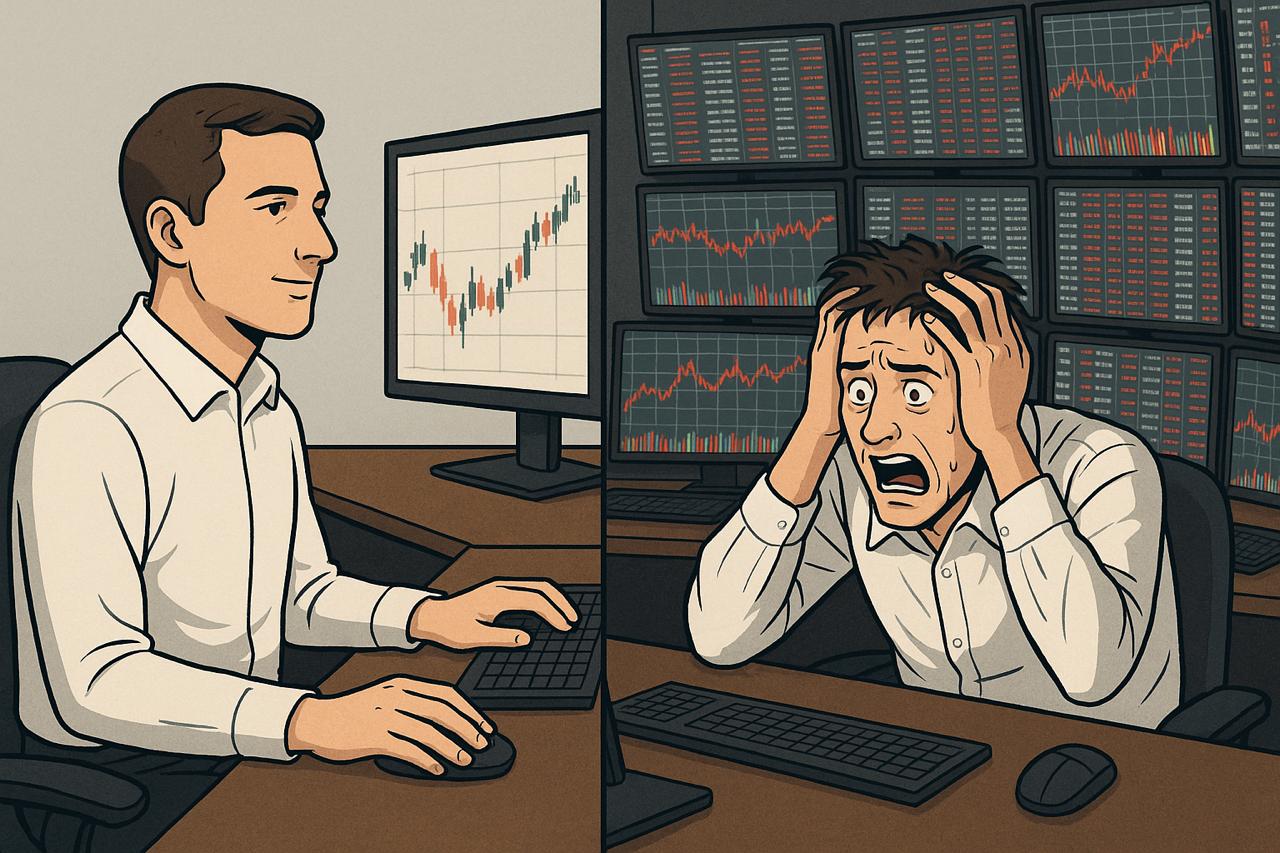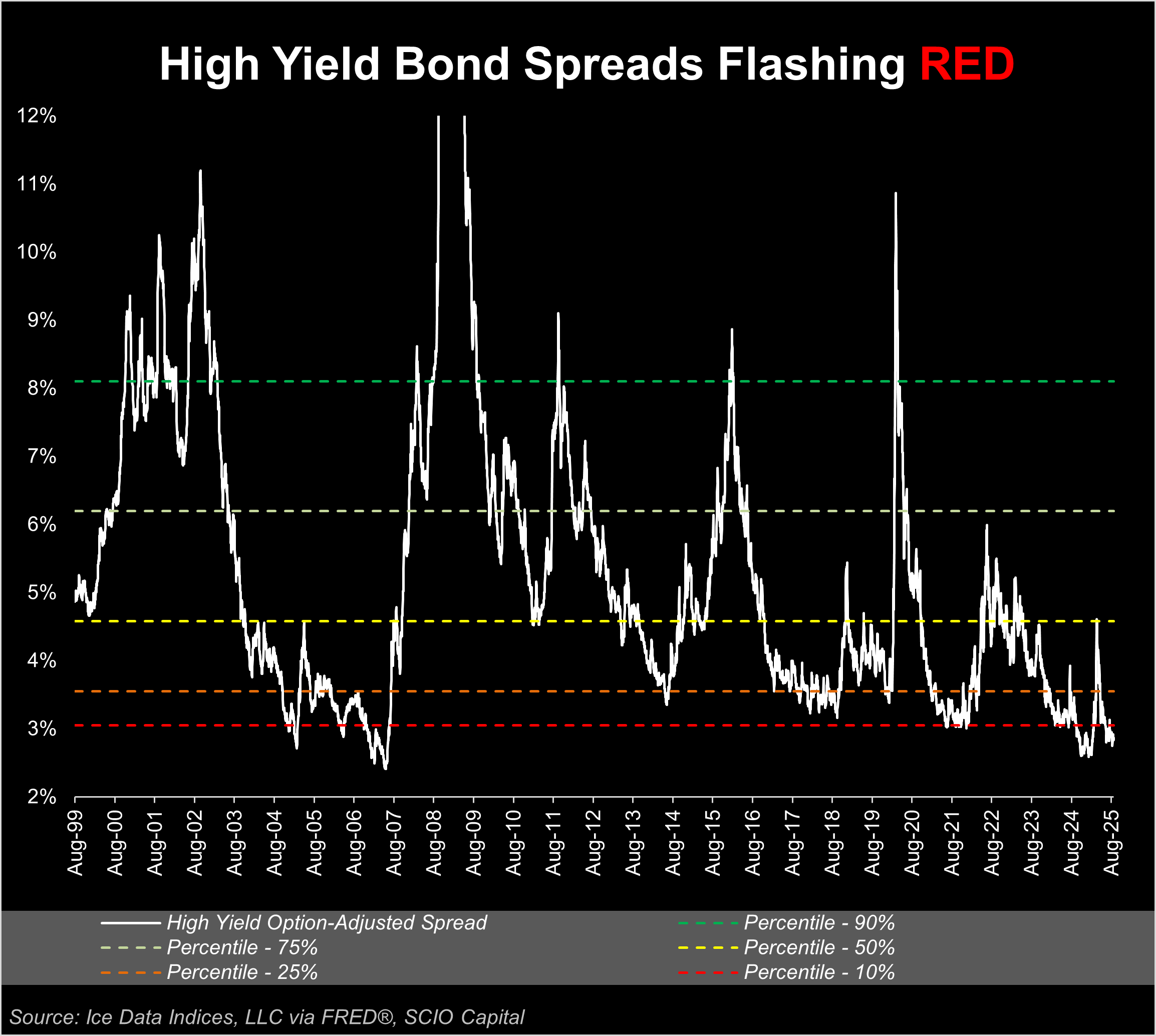
Blog: Credit Suisse: Anyone For Hot CoCo(S)?
EXECUTIVE SUMMARY
It started in the US with the precipitous fall of Silicon Valley Bank (SVB). Soon thereafter Europe, not to be outdone, posted a casualty with a balance sheet roughly three times that of SVB – Credit Suisse. Not a fair comparison, in truth, as Credit Suisse had a 128-year head start. SCIO avoids investing in banks, be it via debt, equity, or hybrid securities (eg, contingent convertibles, or CoCos) like the plague, and we’ll explain why in a moment. We will also touch upon the current banking crisis and why the challenges facing banks, especially smaller banks, are likely to grow. Lastly, we will conclude by sharing some ideas as to how investors can better protect their portfolios against the many risks present in today’s market.
BANK – RHYMES WITH SANK
From an early age we are led to believe that when you want to safeguard your money, put it in a bank. This is a fallacy1… the reality could not be further from the truth. Bank stocks or contingent convertibles (CoCos) are in effect blind pool investments in which the portfolio is both highly cyclical and massively leveraged… far from an ideal situation.
Investing in bank stocks can be likened to going to a casino, but worse
Investing in bank stocks can be likened to going to a casino, but worse – you may end up walking away with only the shirt on your back, but at least with a casino you can get free drinks and, if lucky, a voucher for the buffet. A bank’s Achilles heel is that its survival rests on a false supposition of safety and security. Once this illusion has been dispelled, though, investors and depositors race for the door, a bank run ensues, and the bank’s days are typically numbered.
THE PROVERBIAL CHICKENS ARE FINALLY COMING HOME
Recognising this key vulnerability, governments created central banks as a means of averting bank runs. Like many good ideas gone awry, central banks have regrettably ventured far beyond their original remit and are largely responsible for both the great recession of 2008 and the current banking crisis owing to flawed, overly accommodative monetary policy. In short, central banks went from averting financial crises to creating them. Central bankers now face a dilemma; either continue to raise interest rates to curtail high inflation and risk further destabilising the banking sector and economy, or cut rates and risk an extended period of stagflation and wealth destruction.
THE GHOST OF PAUL VOLCKER
Given that US Federal Reserve has seemingly chosen to stay the course by again raising rates and signalling that further hikes are likely, it appears that a modicum of sound judgement may have once again returned to the Fed. Our house view is that they will continue to raise rates over the coming months (albeit at a slower pace) to rein in inflation while addressing bank stability through other monetary tools at their disposal. Rising interest rates will invariably lead to the following: a recession, higher corporate default rates, asset deflation and wider credit spreads. Investors will in turn respond by continuing to shift money from small to large banks, hold excess cash (largely in the form of short-dated sovereigns to insulate themselves from bank failures) and invest in lower-beta strategies which offer downside protection.
PARTICIPATION MEDALS DO NOT EXIST IN CAPITAL MARKETS
In short, we expect that the worst is yet to come in capital markets, and that 2022’s ‘pain train’ will keep on rolling over the months ahead. Inevitably, this will produce both winners and losers.
Winners will include investors conservatively positioned, properly hedged, and nimble
Losers will include financial institutions (especially small banks owing to depositor outflows), leveraged investment strategies, high-beta strategies, meme stocks as well as those credit strategies targeting the lower end of the credit spectrum. Winners will include investors conservatively positioned, properly hedged2, and nimble enough to take advantage of the opportunity set once assets reprice. Private credit will outperform as banks curtail lending, resulting in funding gaps which private credit managers can exploit.
PREPARING FOR THE STORM AHEAD
Against a backdrop of stubbornly high inflation and rising interest rates, we recommend investors position their portfolio by employing a “TripleS” strategy:
- Be Safe: Current asset prices are not properly reflecting the known risks facing the market today. Invest in managers who have a long track record of providing downside protection and in products which benefit from the current banking crisis.
- Be Smart: The geopolitical and economic landscape has meaningfully shifted. Properly hedging a portfolio will require investors to challenge conventional wisdom (eg, ‘bigger is safer’3) as well as identify and overcome decision biases.
- Be Swift: The downturn ahead will provide exceptional investment opportunities in the credit space. Smaller, more agile funds which can pivot quickly once credit assets reprice will significantly outperform larger funds.
FINAL THOUGHTS
Central banks’ ongoing struggle with inflation will manifest itself in higher levels of market volatility and interest rates, slowing economic growth and declining asset valuations over the months ahead. However, change also brings with it opportunity, and the coming market selloff will present investors by far the best opportunity set seen in credit markets for well over a decade! As always, thanks for reading. Happy to continue the discussion over the phone, or even better, over a coffee (but not a CoCo!). Greg 1 In the US alone, 66 banks have failed with a combined total of over $1tn of assets since the turn of the century (source: FDIC) 2 We recommend investors not rely on a traditional 60/40 stock/bond split as a portfolio hedge as asset correlations during a cycle of rising rates and QT are likely to positively correlate 3 A result of herd mentality bias, numerous recent examples disprove this widely held belief (eg, Credit Suisse, Wirecard, Vision Fund)

.svg)



.png)






.svg)






